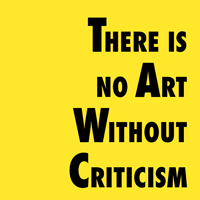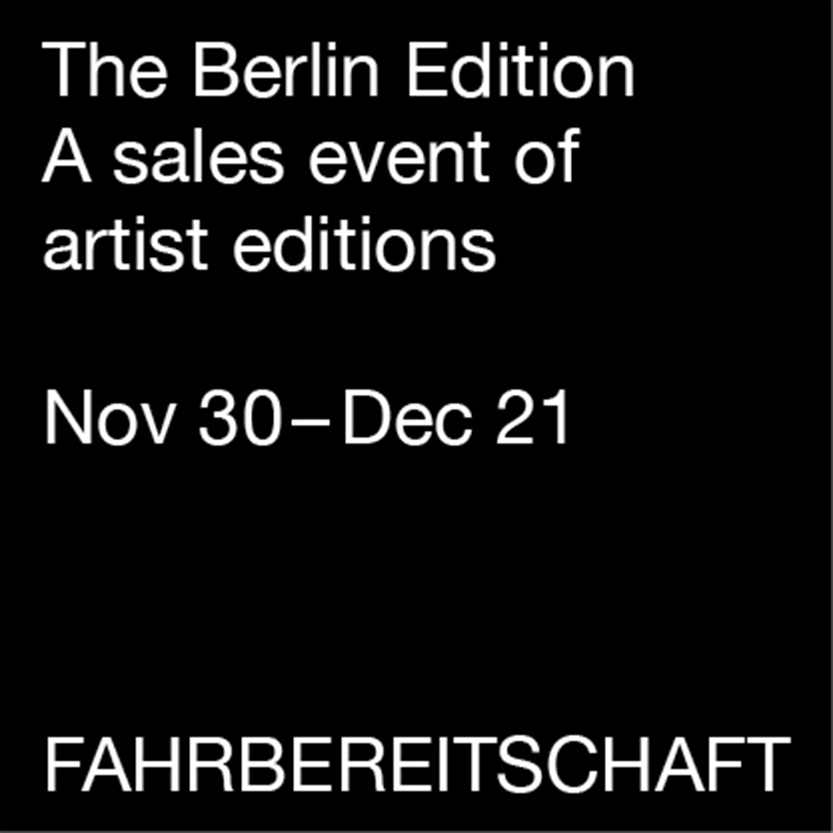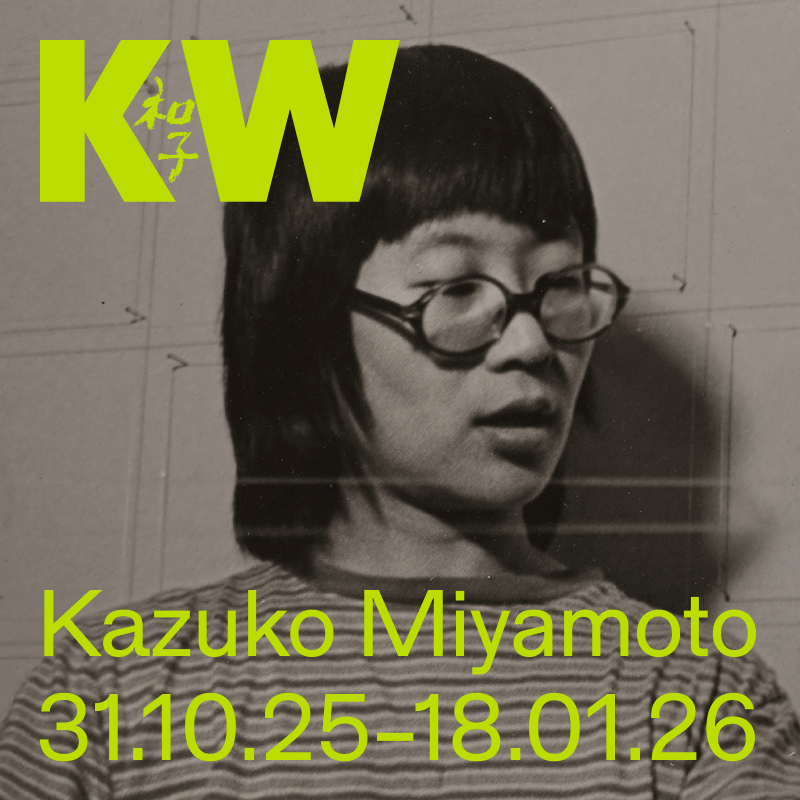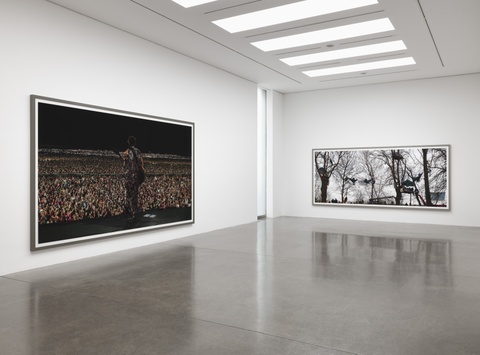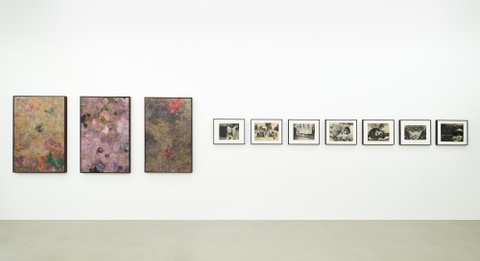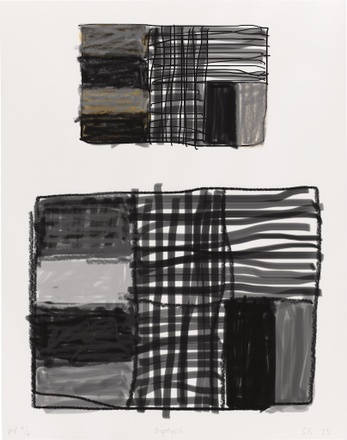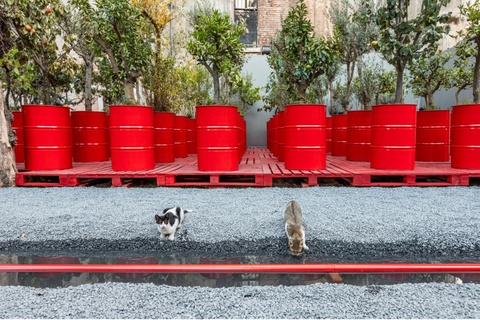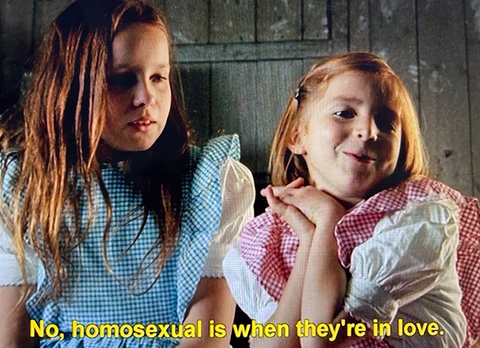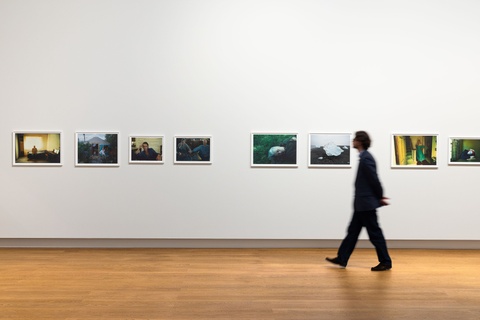Current Issue
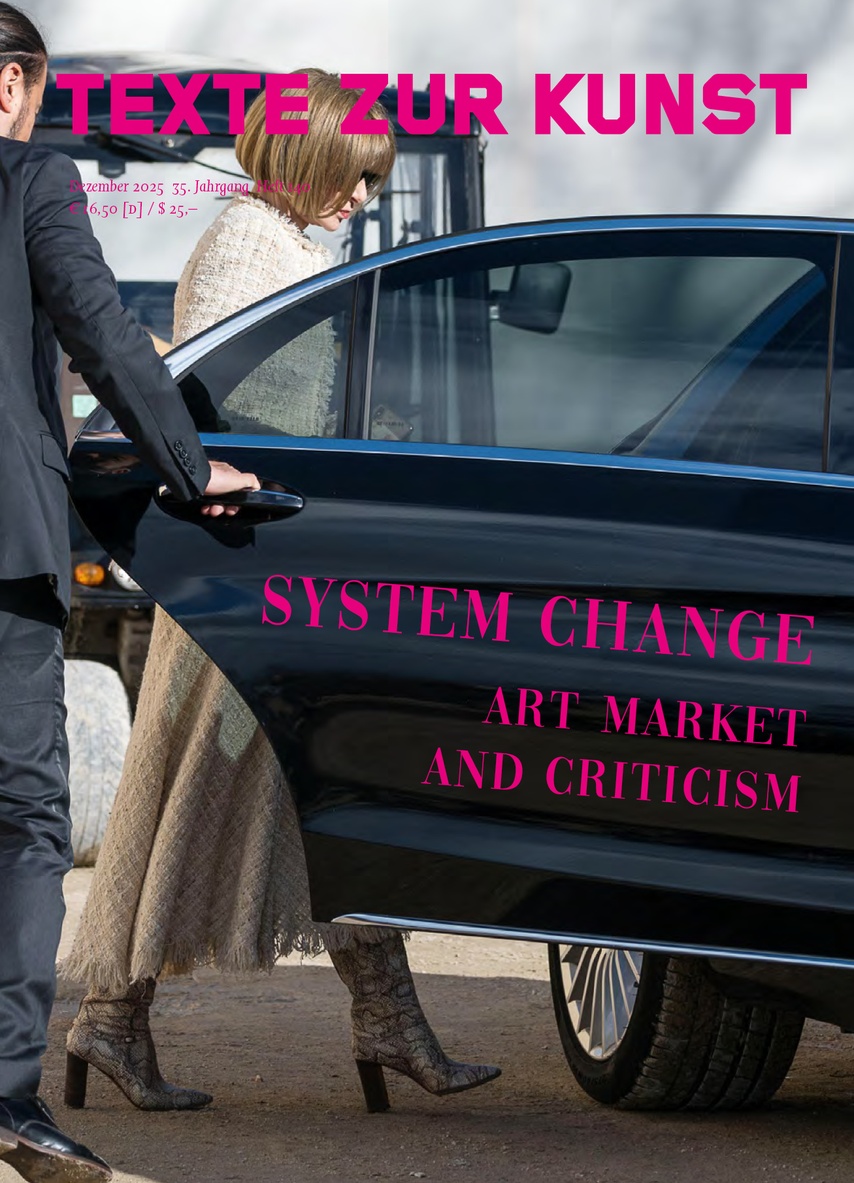
Issue No. 140
December 2025
„System Change: Art Market and Criticism“
The field of art, as this issue proposes, currently seems to be undergoing a similar upheaval to what Cythia and Harrison White identified as the replacement of the Salon system by the dealer-critic system in the 19th century. While this saw art dealers and critics become far more important in processes of value formation, the significance of criticism seems to have gradually waned since the 1990s. Gallerists and curators have now also lost some of their former influence, leading to fundamental shifts in the power relations of the art economy. This issue analyzes the question of whether and how the current situation differs from previous crises in the art market from the perspectives of art history, the art trade, and the auction sphere, and in view of major political and technological changes.
To the table of contents

